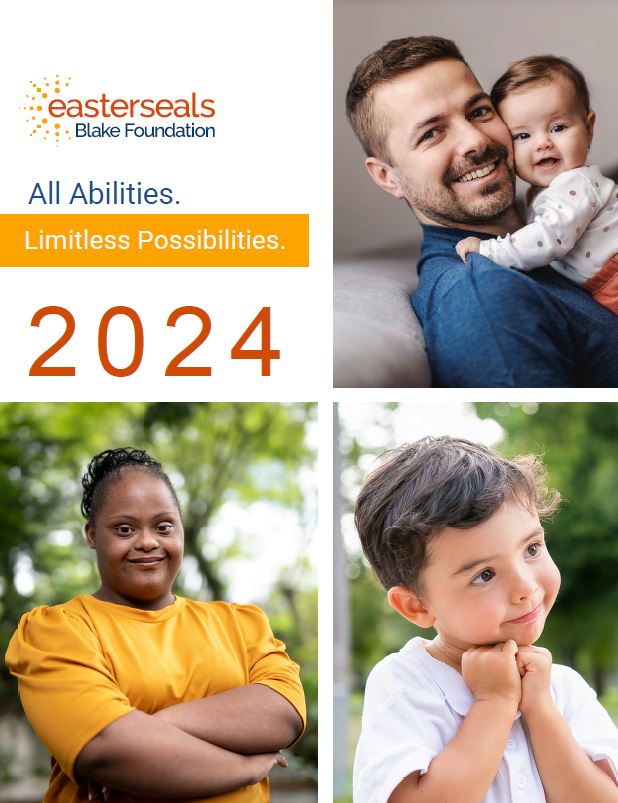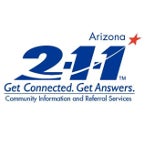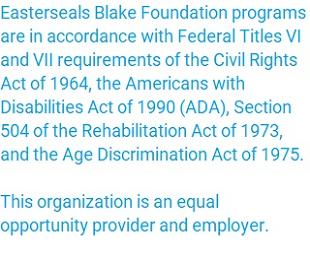

Login | Register | Need Help? | Translate
-
Who We Are
Our Namesake, danny Blake
Are you curious about where the “Blake” in Easterseals Blake Foundation comes from?
-
Our Programs
-
Ways to Give
-
Get Involved
-
Connect Locally
Easterseals Blake Foundation
You can reach us at:
7750 E. Broadway Blvd., Suite A200
Tucson, AZ 85710
520-327-1529Change Your Location
Please use the forms below to identify another Affiliate Location.






